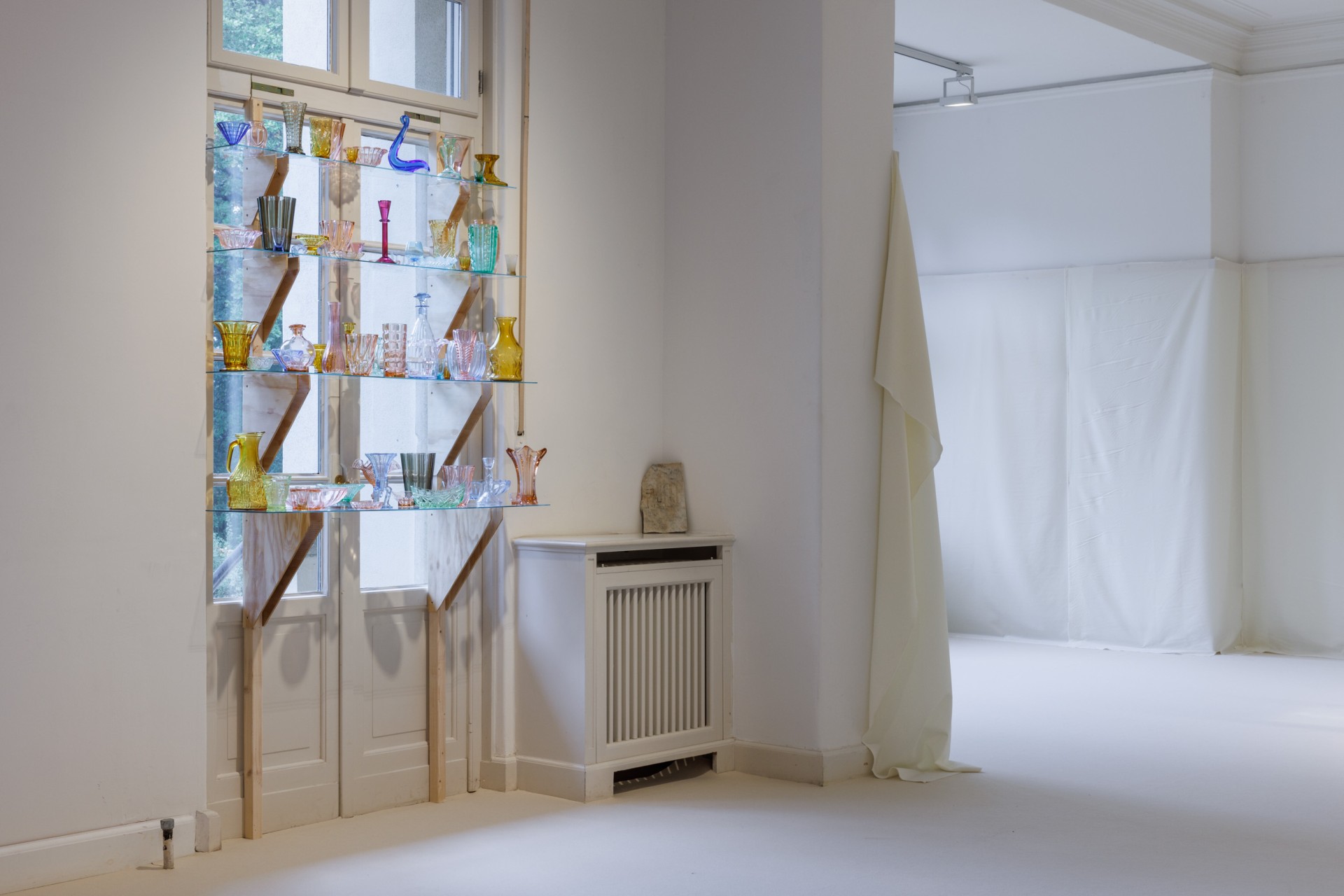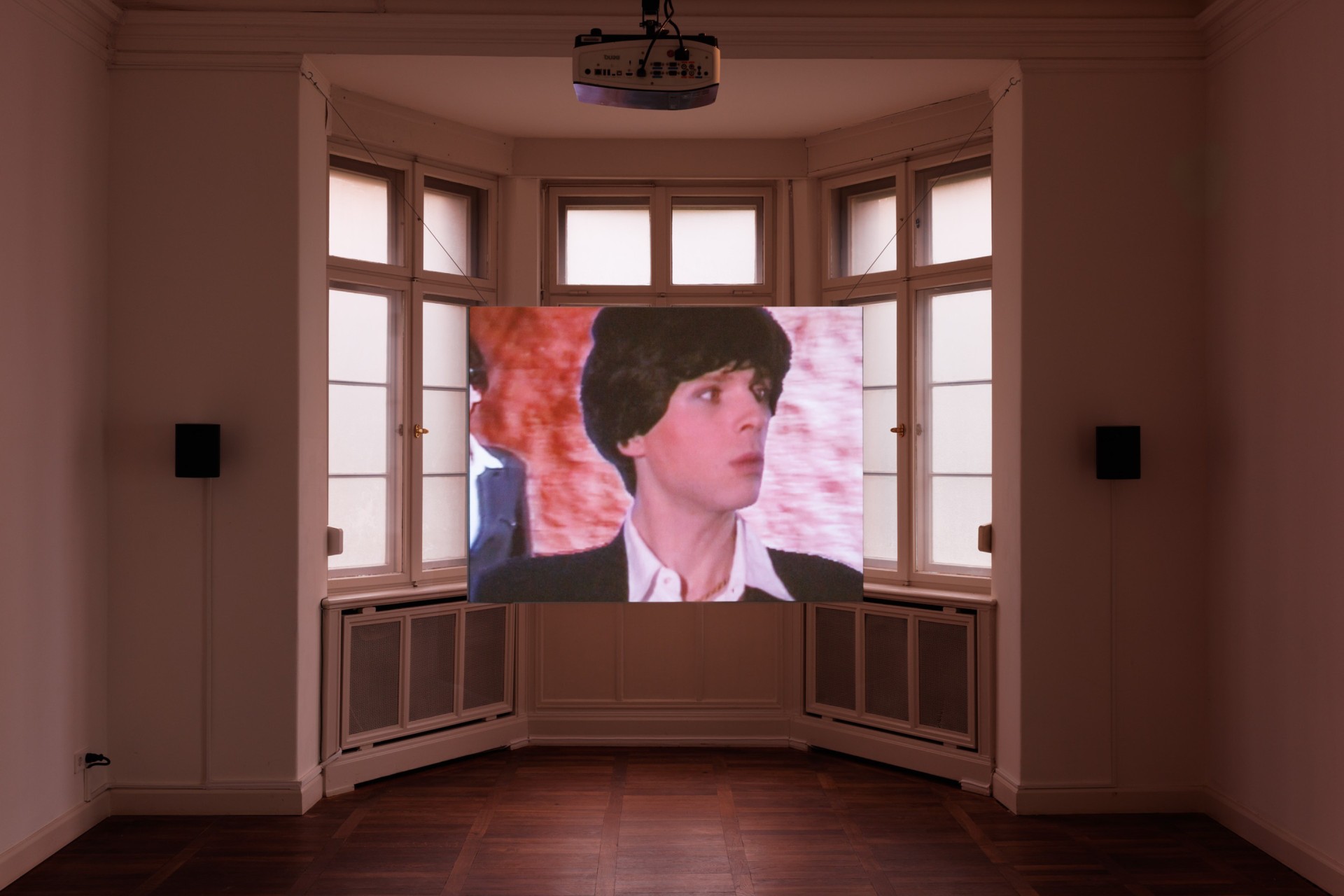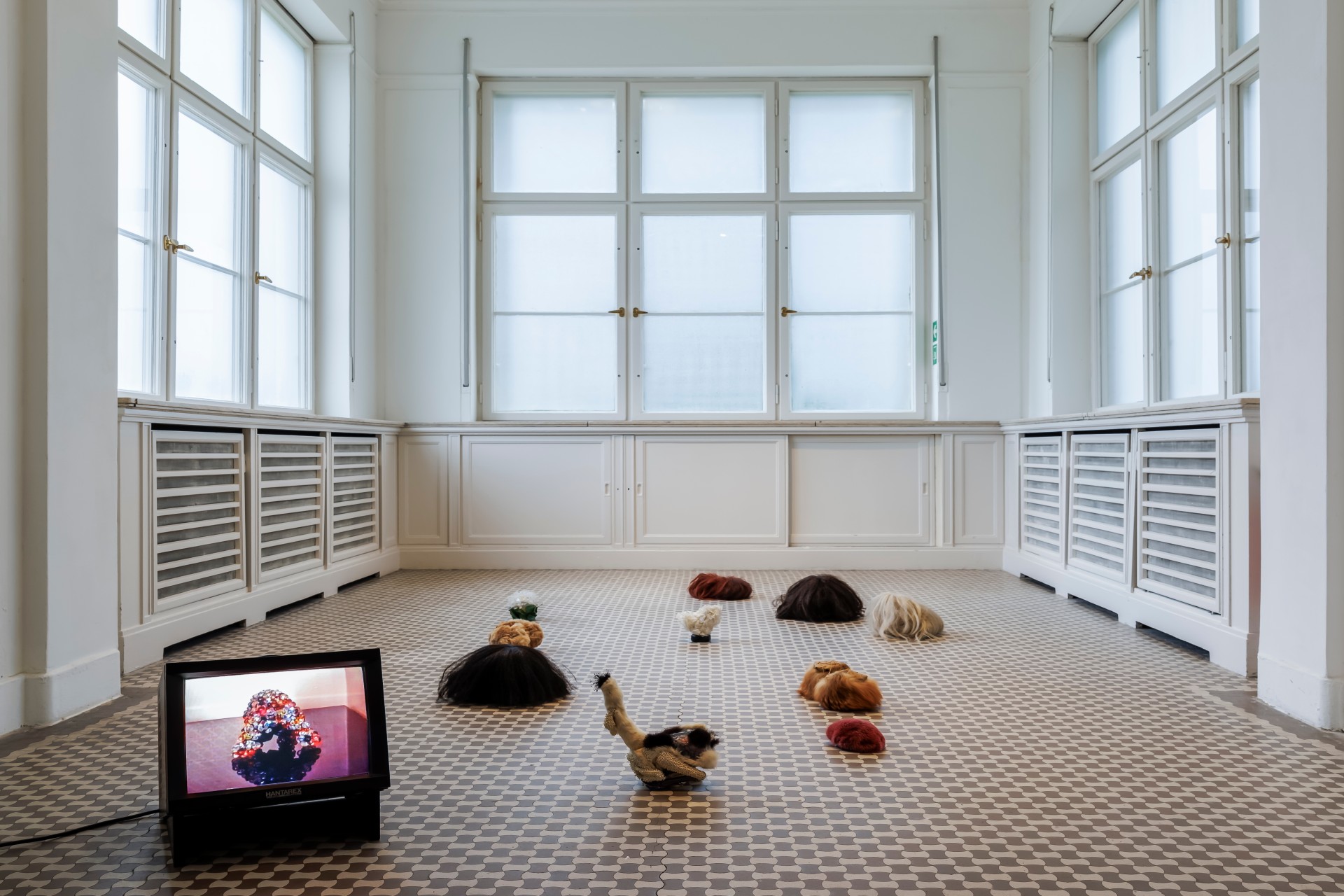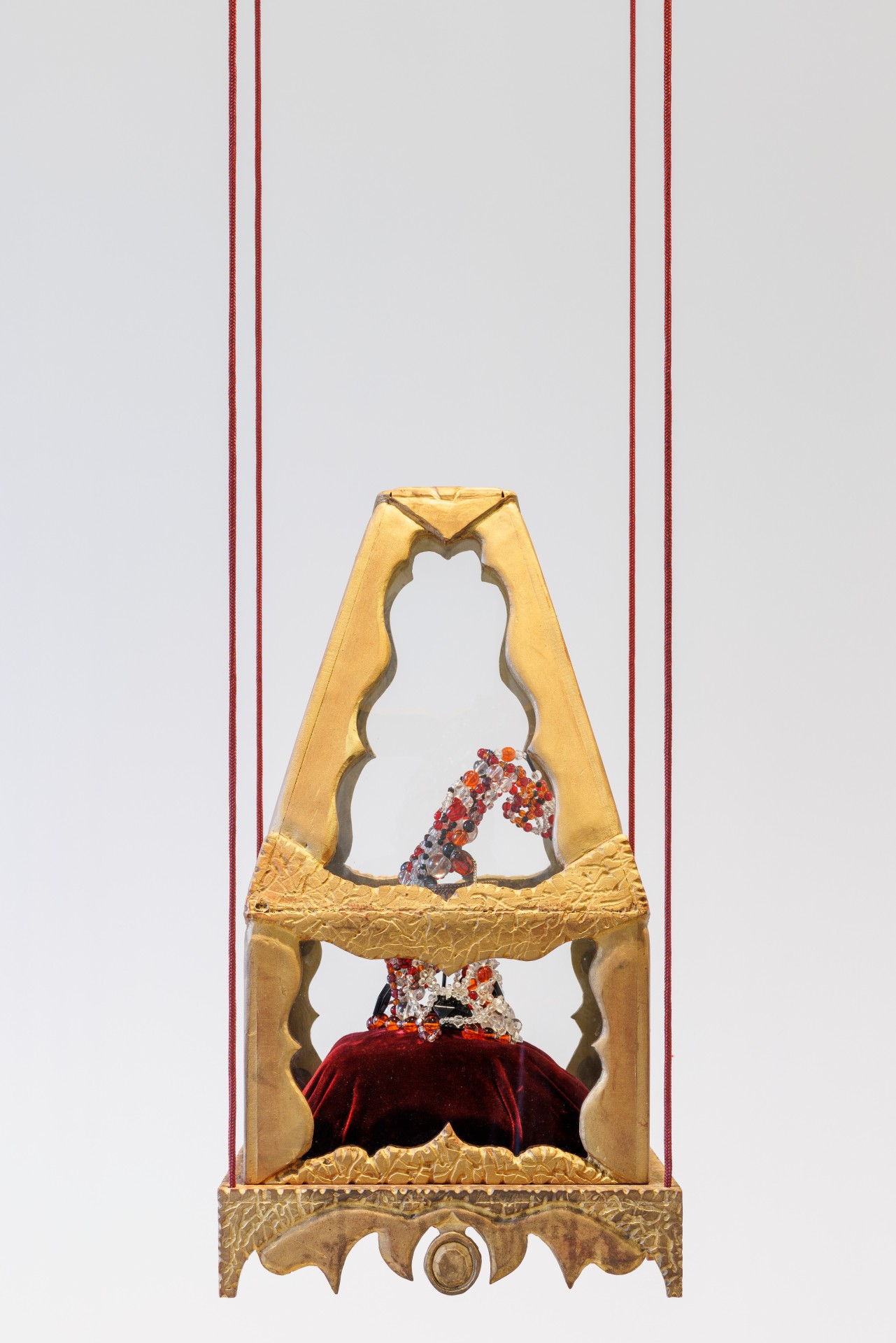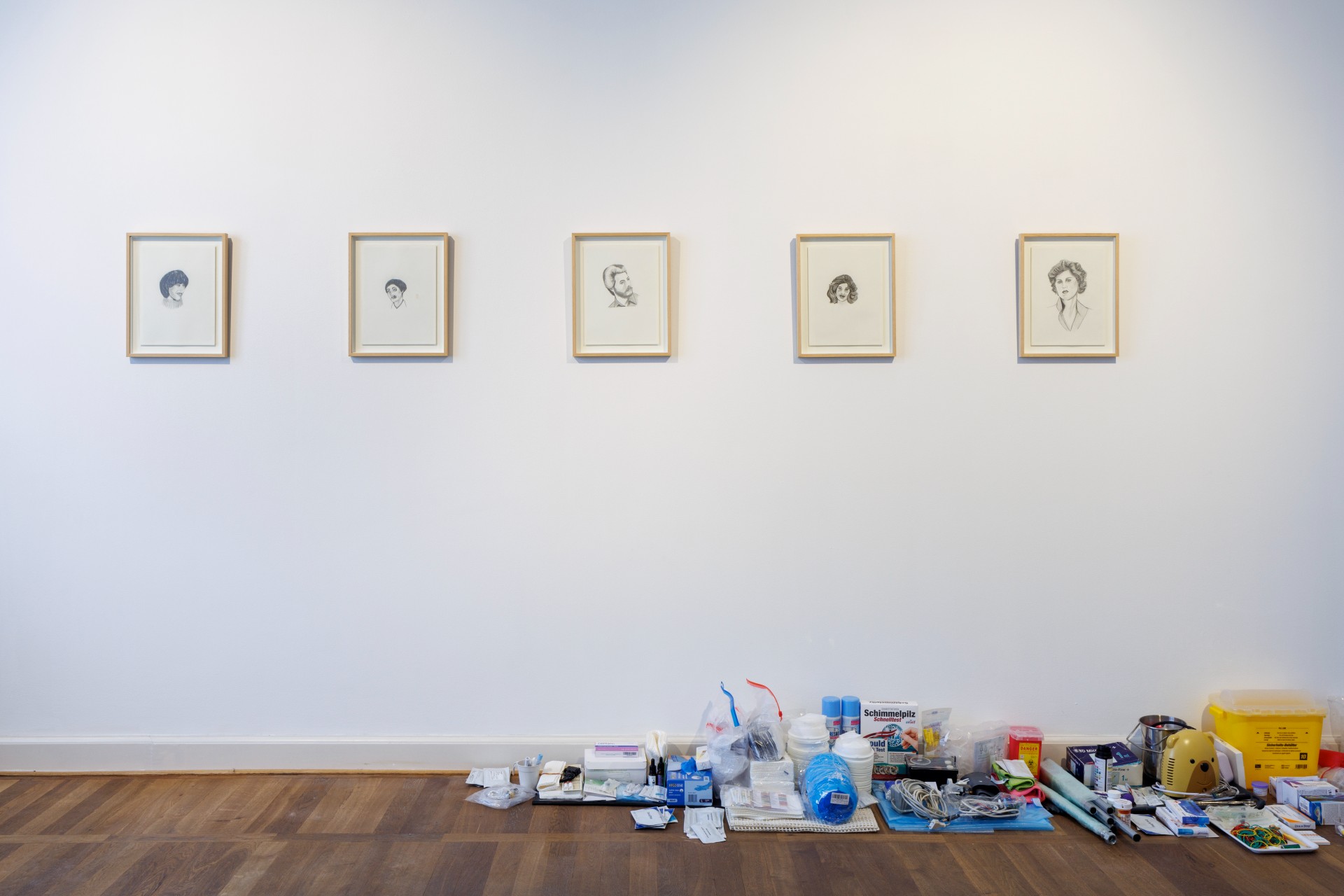Trampoline is pleased to support the participation of artists Brice Dellsperger and Marc Camille Chaimowicz in the exhibition Bruno Pélassy and the Order of the Starfish held in 2023 at Haus am Waldsee in Berlin.
Haus am Waldsee is pleased to present the first comprehensive presentation of the work of French artist Bruno Pélassy (*1966 in Vientiane, Laos, † 2003 in Nice, FR) in Germany. The exhibition, conceived by Anna Gritz (Director, Haus am Waldsee) and curated together with Beatrice Hilke (Assistant Curator, Haus am Waldsee) and Pia-Marie Remmers (Curatorial Assistant, Haus am Waldsee), is conceived as a monographic presentation of Pélassy’s oeuvre, juxtaposing it with works by amongst others Marc Camille Chaimowicz, Beth Collar, Jesse Darling, Brice Dellsperger, Leonor Fini, Jean Painleve, James Richards and Soshiro Matsubara, who will also develop the architecture for the exhibition. The aim is to bring the explosive nature of his work into a current international art discourse and put it up for discussion.
The French artist Bruno Pélassy was born in 1966 and died in 2003 at the age of 36 as a result of AIDS. He was a dazzling and multifaceted figure and his art can only be categorized to a limited extent. Pélassy painted, drew, performed, and created sculptures, fashion, and jewelry, so that disciplinary boundaries sometimes blur and artistic work can hardly be separated from his approach to daily life. The artist had already contracted HIV at the age of 21 – at a time when an infection was basically tantamount to a death sentence. The diagnosis was to decisively and visibly shape his work as well as his attitude to themes such as illness, infection, death, social interaction, structures of desire, preservation, and his understanding of the body as a system closely interwoven with its environment. Based on Pélassy’s works, in which his engagement with these existential themes emerges, the exhibition thus addresses questions that are exceedingly relevant, not least against the backdrop of two years of global pandemic. It reflects on the constitution of health, the transience of the body, and a failing political system in which illness can certainly be understood as an indicator of social power relations.
Curatorially, the project thereby explores the experiment of being neither a monographic survey nor a group exhibition. Thus, Pélassy’s works are presented alongside a number of existing works by contemporaries as well as newly commissioned productions by currently working artists who are close to Pélassy in attitude, interests, or formal choices, and who negotiate issues that were already central to him and in his time.
